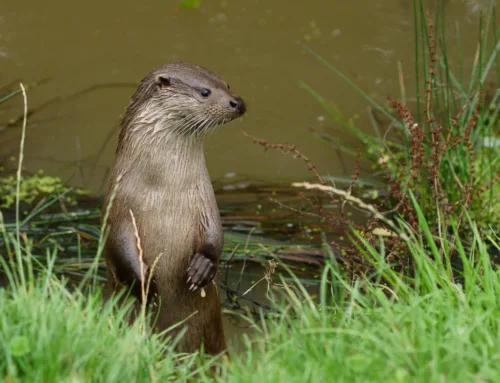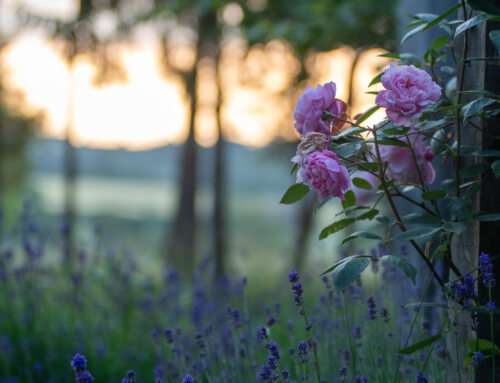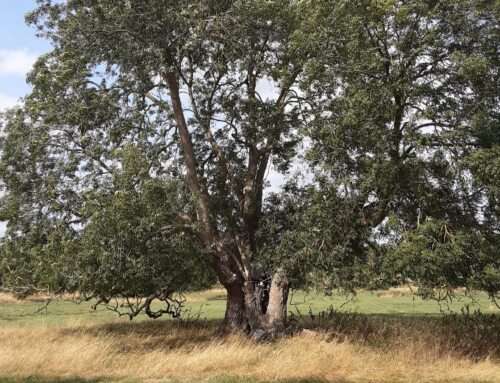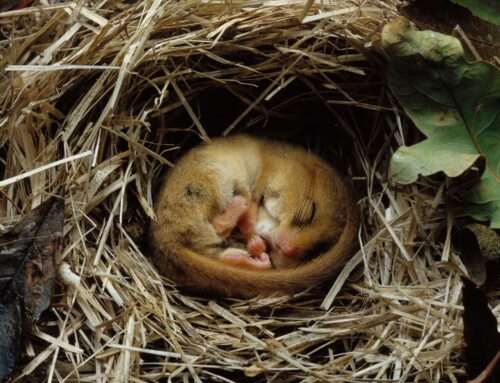Leave A Wild Patch for Nature: Promote Biodiversity
By Steve Malsher
I consider myself extremely lucky in the work that I do. Working in not only beautiful gardens, but in a beautiful part of the world, The North Cotswolds, Oxford and South Northamptonshire. Simply driving from once place to another can open up vistas that could grace the cover of any landscape book. For myself I sometimes look down rather than around just to see the awesome wildflowers that adorn our countryside.
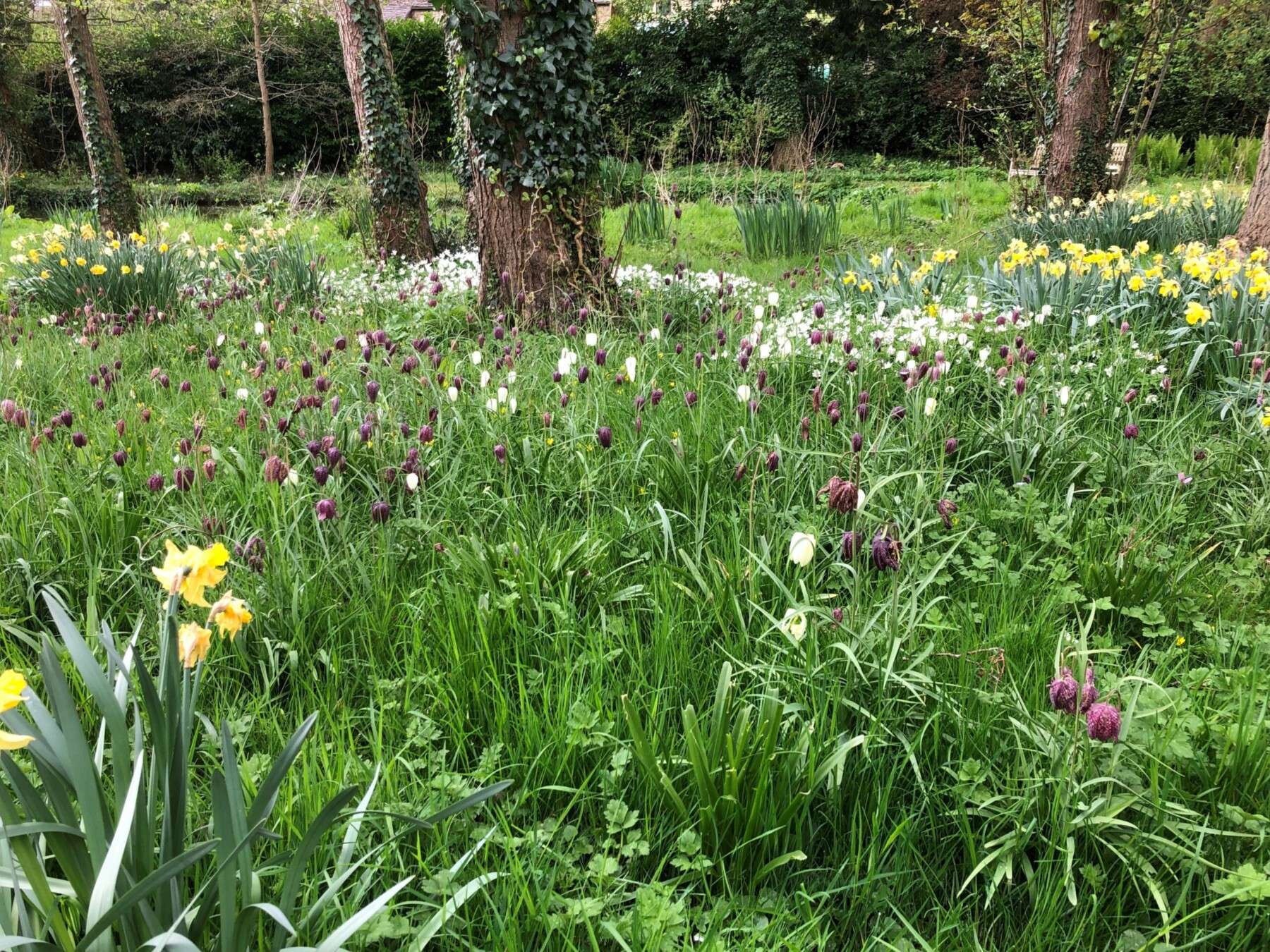
I look forward to the return of Snowdrops and Bluebells in our woodland, but they have now passed. More recently I was in a garden that has naturalised Snake’s-Head Fritillaries and Wood Anemones, they were just going ‘over,’ but it was a joy to see.
It is now time to think of the present and what the future holds in terms of wildflower blooming, and how can I not start with the humble Cowslip (Primula veris). There seems to have been an abundance of them this year and seeing their swathes of yellow in the verges really does make one smile. Only today I was surveying a site bursting with Common Bird’s Foot Trefoil, another yellow plant of rough pasture, as well as a carpeting of Wild Strawberries with its delicate white flowers.
Other plants to look out for is the Dog Rose (Rosa canina), once thought to be able to heal the bite of a rabid dog, hence the name. It’s the oldest of Britain’s natural roses, look out for it amongst our hedgerows.
Ox Eye Daisies (Leucanthemum vulgaris) now line our roads as well, their flower heads borne on long stems, seem to nod or wave as we drive by.
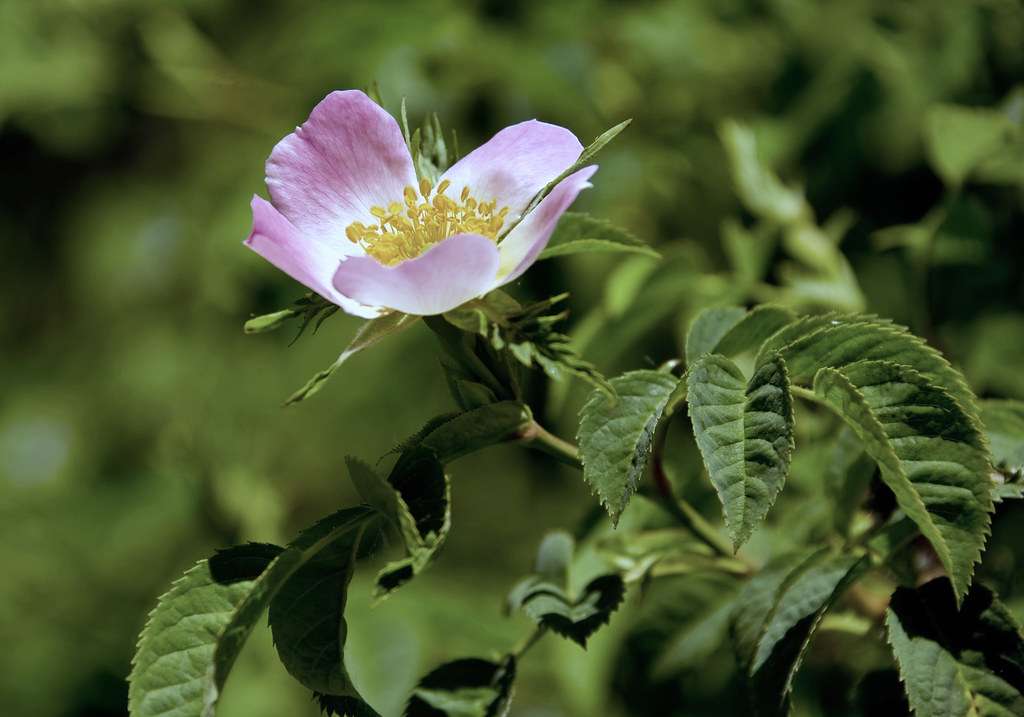
Dog Rose (Rosa canina)
Img credit Steve Slater
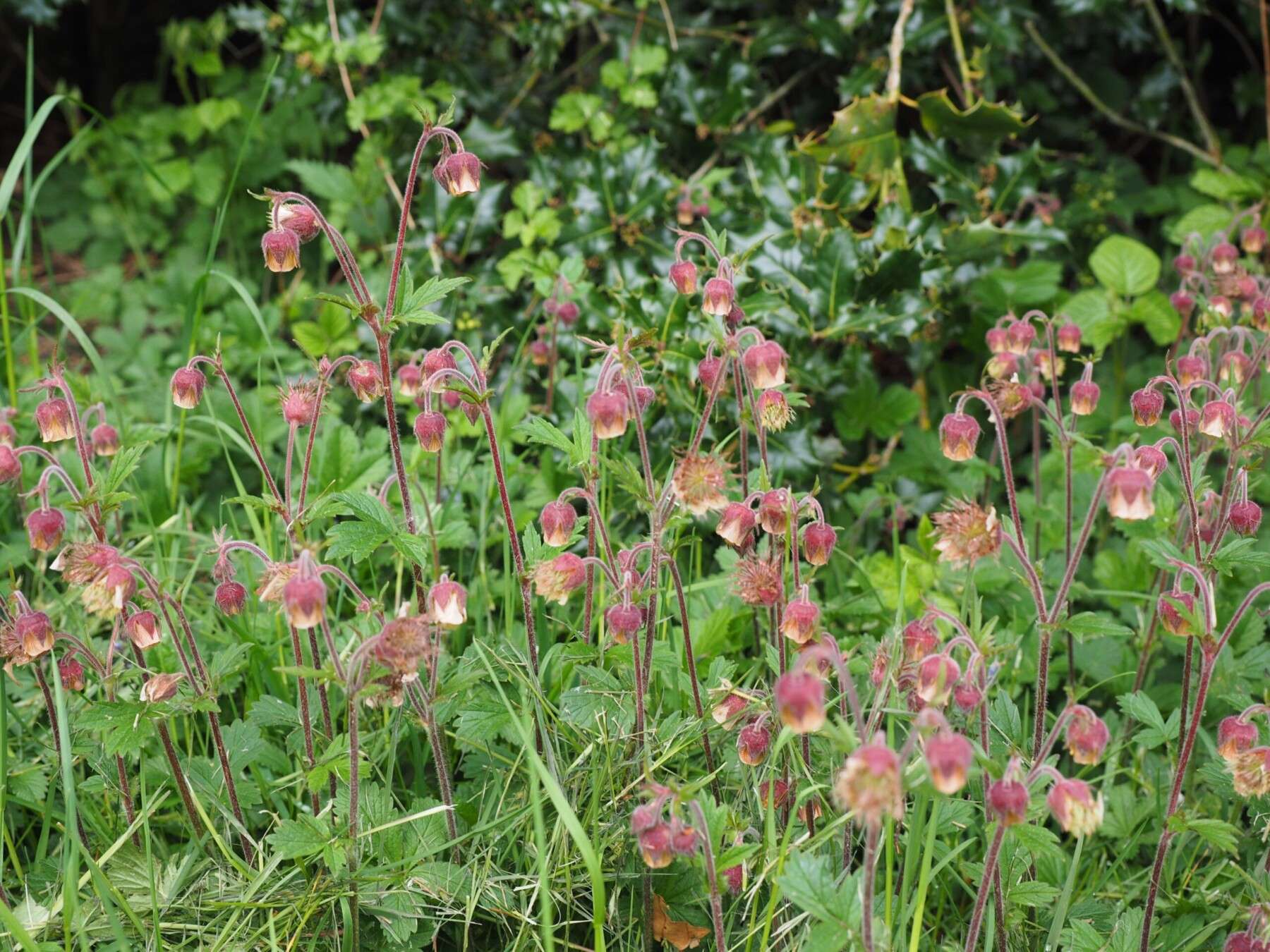
Water Avens (Geum rivale)
If you are walking near streams or wetlands look out for Water Avens (Geum rivale), identified by its nodding purple/orange heads on purple stems. Interestingly its roots were once used as an anti-inflammatory. Yellow Flag Iris (Iris pseudacoris) is another wetland plant you may see, called Yellow Flag as its large showy flowers look like flags on a pole. Finally, for wetlands Marsh Marigold (Caltha pulustris), another yellow flower but with 5 to 8 delicate petals.
As for woodland walks, the Bluebells are still in flower but will soon be giving way to Common Dog Violet (Viola riviniana), a small but important flower that Fritillary Butterflies feed on and lay their eggs. Finally, Wood Sorrel (Oxalis acetosella), these white flowers with lilac veins and trifoliate leaves are a joy to behold.
If your walks take you through meadows and pastures look out for Ragged Robin (Lychnis flos cucucili), this deeply lobed flower, hence the name, is a great plant for pollinating bees. Yellow Rattle (Rhinanthus minor), this is one that you will need as a wildflower in your meadow as it is semi-parasitic on grasses, so it has a real job to do. In the meadows of your walks, you will see it as an erect annual, up to 50cm with tubular like yellow flowers. It would be remiss of me to not mention an Orchid, and if you are lucky, you may spot an Early Purple Orchid (Orchis mascula), standing up to 60cm with a flower spike of 15cm with purple/crimson flowers and generally one or two spotted leaves, it stands like a sentry ready for a photograph to be taken.
So, wherever your walks or drives take you in the spring and summer months, cast your eyes to the ground every once in a while, you never know, you might just spot a beautiful rarity, or, a common wonder, both as important to our ecosystems, and both can be just as pleasing to the eye, and I believe to the soul.


